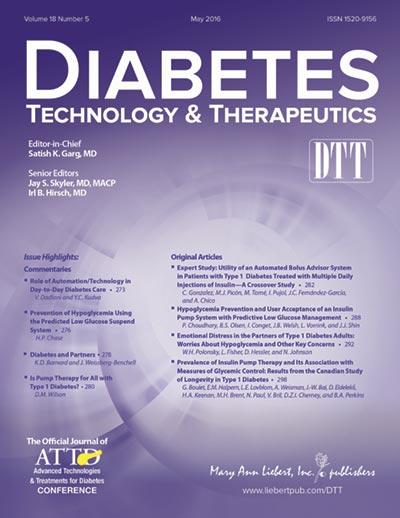August 2007 - Researchers at Warwick Medical School, University of Warwick, have discovered that deficiency of thiamine (Vitamin B1) may be key to a range of vascular problems for people with diabetes. They have also solved the mystery as to why thiamine deficiency in diabetes had remained hidden until now.
Diabetes is increasing in incidence in the UK and elsewhere and one of the most significant health problems associated with the condition are vascular complications: microvascular complications, such as damage to the kidney, retina and nerves in arms and legs; and macrovascular complications, such as heart disease and stroke.
The University of Warwick researchers, led by Professor Paul Thornalley, have shown conclusively that diabetic patients are thiamine deficient in blood plasma. They were also able to solve the mystery of what was happening to thiamine in diabetic patients and connect it more closely to vascular complications in diabetic patients.
In a paper entitled "High prevalence of low plasma thiamine concentration in diabetes linked to a marker of vascular disease", published in Diabetologia on 4th August, the team found that thiamine concentration in blood plasma was decreased 76% in type 1 diabetic patients and 75% in type 2 diabetic patients. This significant decrease had been previously masked as the conventional way of assessing levels of thiamine status was to measure the activity of an enzyme called transketolase in red blood cells. Past studies had seen normal activity of this enzyme and assumed normal levels of thiamine when in fact the normal enzyme activity was due to increased amounts of two proteins THTR-1 and RFC-1 that help transport thiamine into red blood cells. The increased levels of these proteins were a direct response to there being a deficiency of thiamine in the body.
The researchers found that the decreased availability of thiamine in vascular cells in diabetes was linked to a marker of microvascular and macrovascular complications. It likely reflects problems in endothelial cells (endothelial cells line the body's entire circulatory system) and increased risk of atherosclerosis (chronic inflammatuion in the artery walls).
Continue Reading Below ↓↓↓
The researchers found that the decreased plasma thiamine concentration in clinical diabetes was not due to a deficiency of dietary input of thiamine. Rather it was due to a profound increased rate of removal of thiamine from the blood into the urine.
The researchers feel that important areas for future study are: confirmation of low plasma thiamine concentrations in diabetic populations of other countries independent of local diet; the evaluation of thiamine and thiamine derivatives to correct low plasma thiamine concentration in diabetes, reverse vascular dysfunction and prevent vascular complications; and investigation of the mechanism of increased removal of thiamine from the blood into the urine in diabetes.
This study was funded by a project grant from Diabetes UK. View complete paper here
Source: Diabetes UK










